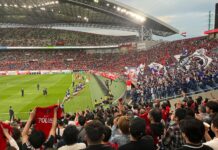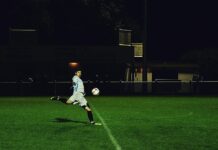individuality is a great Good. Our uniqueness we are happy to make again and again – be it in social media or in direct contact with the other Unique. Much less we understand ourselves as anonymous members of crowds, as insignificant particles in the stream of many. We’ll let the birds and fish, to be understood in the swarm of wonderful TRANS-individual pattern shapes.
Sibylle Anderl
editor in the features section.
F. A. Z. Twitter
we Describe. animal collective phenomena with relatively simple mathematical models: One considers individual “agents” who follow a manageable number of rules – such as movement to group of neighbours and not to far away from the other So you can reproduce the swarm pattern is satisfactory.
open question
In humans, but it seems this approach to work far less well. “The determination of the movement of groups of people, however, remains an open question”, lamenting the French physicist Nicolas Bain and Denis Bartolo in the current issue of “Science” in the context of agent-based models. No wonder, then, if one wants to object, the modeling of groups of human individuals should, of course, be more difficult than the easy-to-knit flock of animals. However, this drop remains stuck in the throat, if we read in the publication, only a few sentences.
Bain and Bartolo have found a mathematical model of human movement describes, apparently, significantly better than one that is based on the behavior of simple knitted single agent. You can simulate people as fluid and with great success. They observed marathon runners in Chicago, the advanced divided into teams at the start of the corridor towards the start line. The Advance was controlled by the folder, the progress in the sequences of forward and again the movement in the corridor, stay at the head of the different runner blocks are controlled to allow the various groups time-shifted start.




